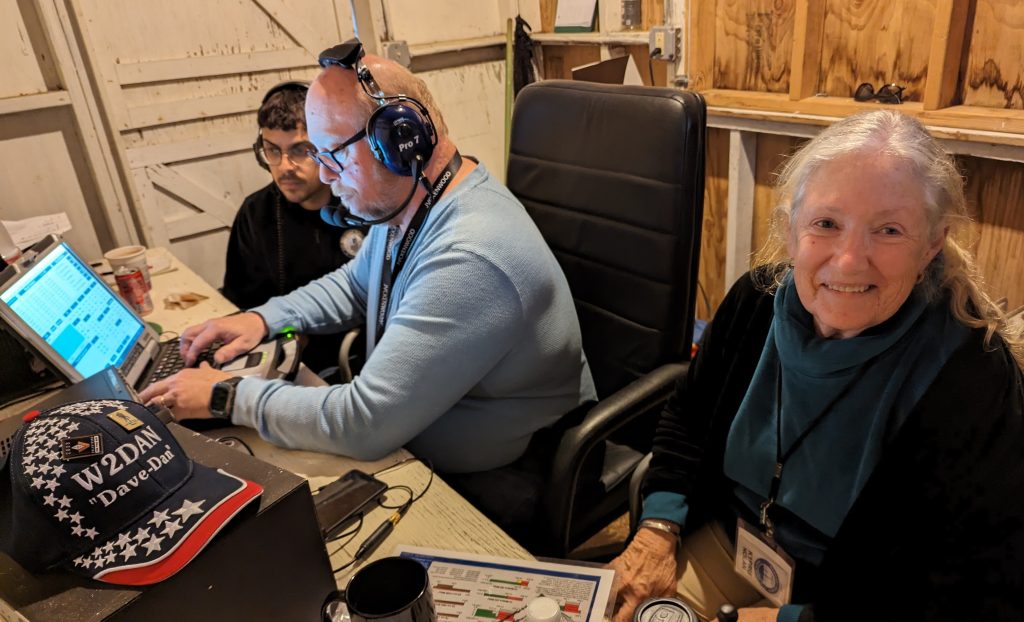Mentoring
2024 Winter Field Day – RI Club Success

And Winter Field Day 2024 is a wrap. Please see this event’s RI Club Photo Album Slider posted at: Clubs > Club News > 2024 Winter Field Day – RI Club Photos.
Many thanks to the RI Amateur Radio Clubs both large and small that gathered new and old operators to mentor and practice field operations – despite the competition for your time. At least one Tech made a first QSO. At least two Generals were mentored while making their first HF QSOs. And at least one club held a VE session that resulted in a new General and a new Extra. Congrats to all! A positive start to 2024.
Ham Radio & Medical Slow Scan TV
Dr. Greg Jay, W1EDY has stepped up to be a mentor on the team revitalizing the collegiate Brown University Amateur Radio Club, K1AD. When asked for an example of how a background in amateur radio can help advance professional STEM innovation today, Dr. Jay immediately thought of this recent research utlizing slow-scan television (SSTV) he had read in a 2023 issue of WILDERNESS & ENVIRONMENTAL MEDICINE: https://doi.org/10.1016/j.wem.2023.05.009
“Introduction—Point–of-care ultrasound (POCUS) is used in wilderness medicine and could potentially be the only imaging modality available. Cellular and data coverage is often lacking in remote areas, limiting image transmission. This study evaluates the viability of transmitting POCUS images from austere environments using slow-scan television (SSTV) image transmission methods over very-high-frequency (VHF) hand-held radio units for remote interpretation. …
Conclusions—Slow-scan television image transmission is a viable option for transmitting ultrasound images in remote areas where more modern forms of communication are unavailable or not practical. Slow-scan television may have potential as another data transmission option in the wilderness, such as electrocardiogram tracings.”
[Note: At the December 2023 RI ARES meeting, Jeremy Taylor, K1JST (RI-SEC) gave a demo on Slow Scan TV apps and why he considers SSTV a ham skill worth knowing.]
Amateur Radio – a growth mindset community of curious innovators.
Please reach out if you are interested in being a mentor helping revitalize any one of Rhode Island’s currently dormant collegiate Amateur Radio Clubs. Please share examples you would use to pitch how a background in amateur radio can be a professional super power.

